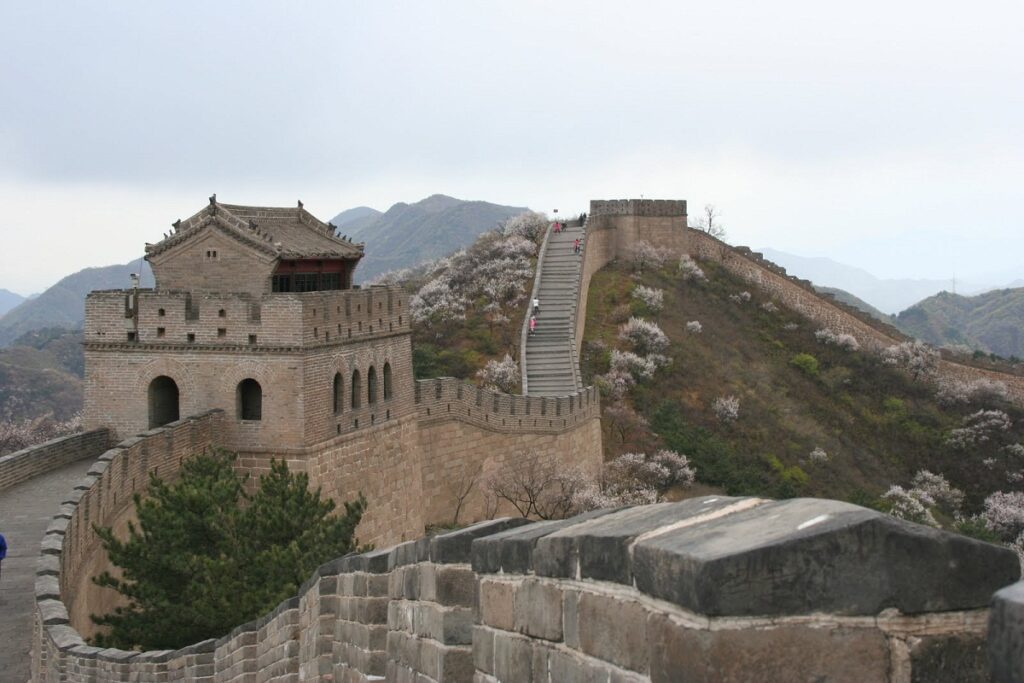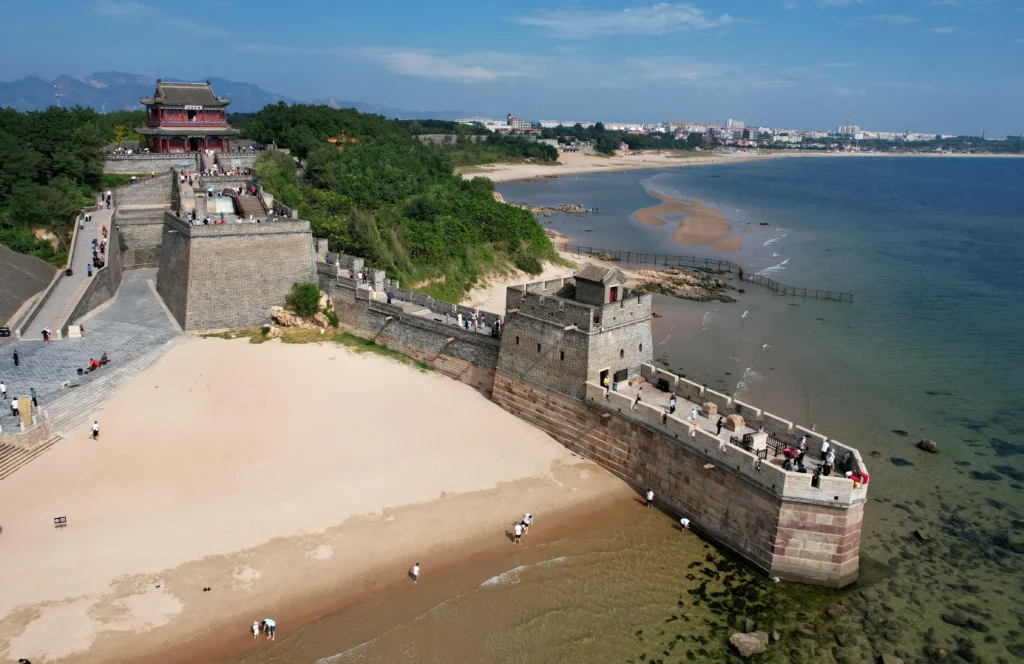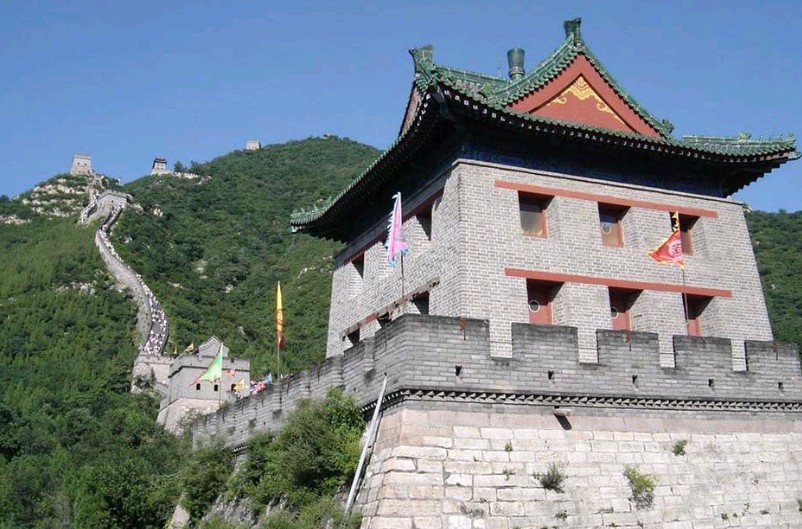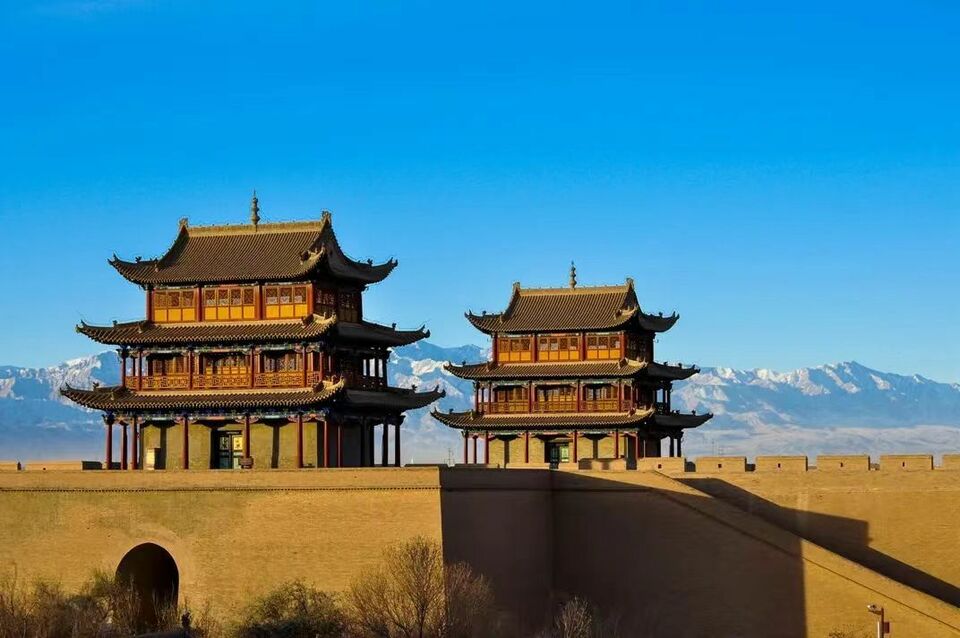The Great Wall of China is one of the most iconic landmarks in the world, stretching over 21,196 kilometers across northern China. Its history dates back more than 2,300 years, evolving throughout various dynasties, with each contributing to its construction, purpose, and historical significance.

Origin
The origins of the Great Wall can be traced back to the 7th century BCE during the Warring States period. At that time, several independent feudal states built walls to protect their territories. The earliest history of the construction of the Great Wall can be traced back to the Western Zhou Dynasty. However, the most significant construction began under the first emperor of the Qin Dynasty, Qin Shi Huang, in the 3rd century BCE. He unified various walls into one continuous structure, which served as a defense against nomadic tribes, such as the Xiongnu.

Length
The total length of the Great Wall of China built in different dynasties is 21,196.18 kilometers (13,170.70 miles), announced by China’s State Administration of Cultural Relics in 2012. The length of the Great Wall of the Ming Dynasty (1368-1644) is 8,851.8 kilometers (5,500.3 miles).

Famous Passes
The Great Wall has numerous famous passes, each with its own unique history and features. Some of the most well-known passes include:
- Shanhaiguan: Known as the “First Pass of the Great Wall,” it is located in the east of the Great Wall in Hebei Province.


- Juyongguan: This pass is located in the southwest of Badaling and was a key pass in ancient times.

- Jiayuguan: Situated in the west of the Great Wall in Gansu Province, it is known as the “First Strategic Pass under Heaven”.

History
The Great Wall has a long and complex history, with construction and reinforcement occurring across multiple dynasties:
- Qin Dynasty (221–206 BC): Emperor Qin Shi Huang connected the northern sections of walls to form a unified line of defense against Mongol harassment from the north.
- Han Dynasty (206 BC – 220 AD): The northern fortifications were strengthened and lengthened, making the Han Dynasty Great Wall the longest the Great Wall has ever been at more than 8,000 km.
- Ming Dynasty (1368–1644): The Great Wall was systematically rebuilt in a 100-year project to prevent further northern invasion. Most of the remaining Great Wall was built during this dynasty.
The Great Wall served primarily as a military defense structure, protecting China from invading forces, particularly the nomadic Mongols from the north. It also functioned as a transportation route for troops and military supplies and as a means of communication through signal fires and beacons.
Today, the Great Wall of China remains a symbol of China’s enduring legacy, attracting millions of visitors worldwide. It stands as a testament to China’s strategic foresight, technological advancements in construction, and determination in preserving its sovereignty.